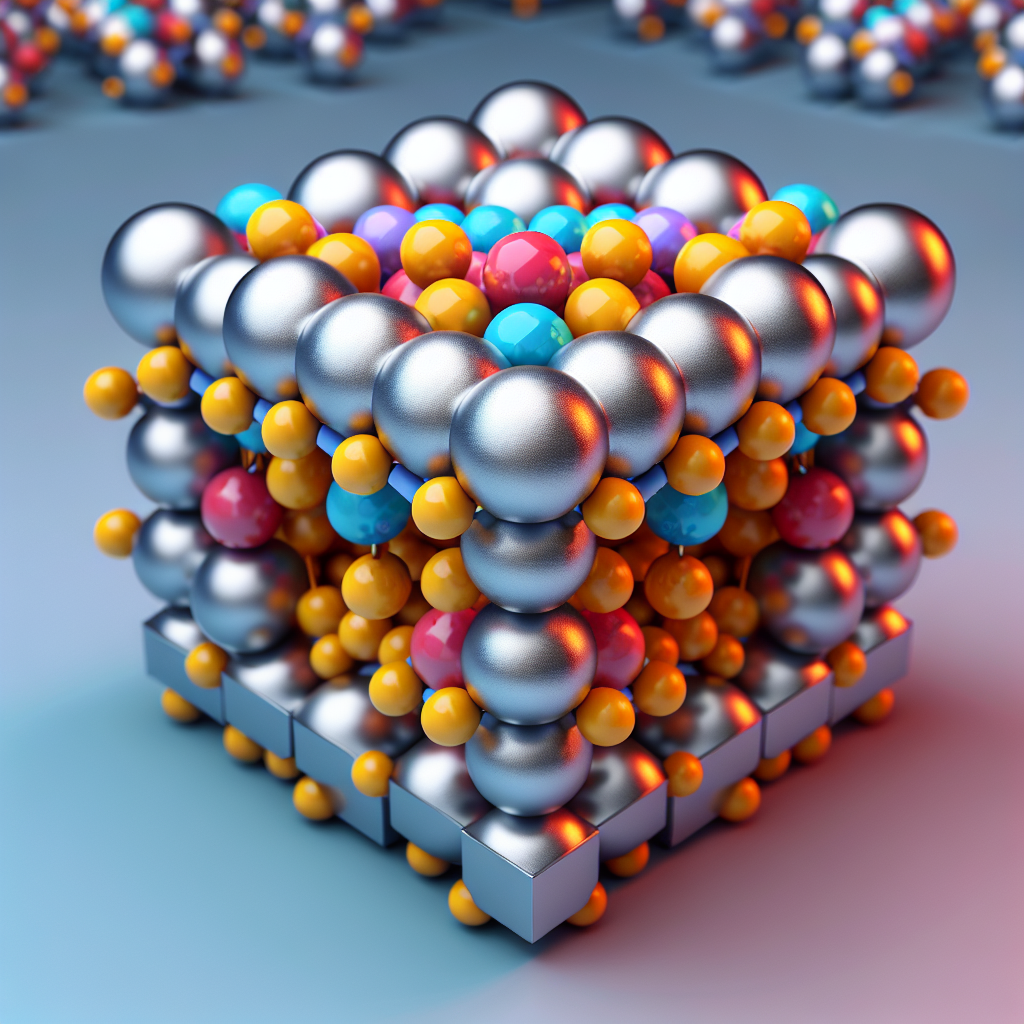Space-Ready Solar Tech: Metal-Halide Perovskites Heal From Radiation Damage
Scientists at Rochester Institute of Technology have discovered that metal-halide perovskites can self-heal from radiation damage, making them ideal for space environments. These materials, which efficiently convert sunlight into electricity, could revolutionize solar panels for satellites and space habitats, despite their vulnerability to moisture and oxygen on Earth.

- Country:
- United States
Rochester Institute of Technology, Rochester, Jun 22 (The Conversation) – In a groundbreaking study published in January 2024, a team of materials researchers has unveiled a next-generation semiconductor material called metal-halide perovskite capable of self-healing from radiation damage, positioning it as a potential game-changer for space technology.
Metal-halide perovskites, discovered in 1839 and found abundantly in Earth's crust, have shown remarkable efficiency in converting sunlight into electricity. This makes them a strong candidate for powering space-based solar panels. Surprisingly, these thin-film solar cells, almost 100 times thinner than traditional silicon counterparts, perform just as well in laboratory settings, though they are susceptible to moisture and oxygen degradation.
In a novel experiment, researchers subjected these perovskite solar cells to both low and high-energy protons, discovering that high-energy protons could heal damage caused by low-energy ones. This unprecedented self-healing property was surprising, given the material's vulnerability on Earth. As space agencies plan to increase satellite launches and establish lunar bases, these resilient materials could revolutionize space technology, offering efficient power generation in extreme conditions.
(This story has not been edited by Devdiscourse staff and is auto-generated from a syndicated feed.)










